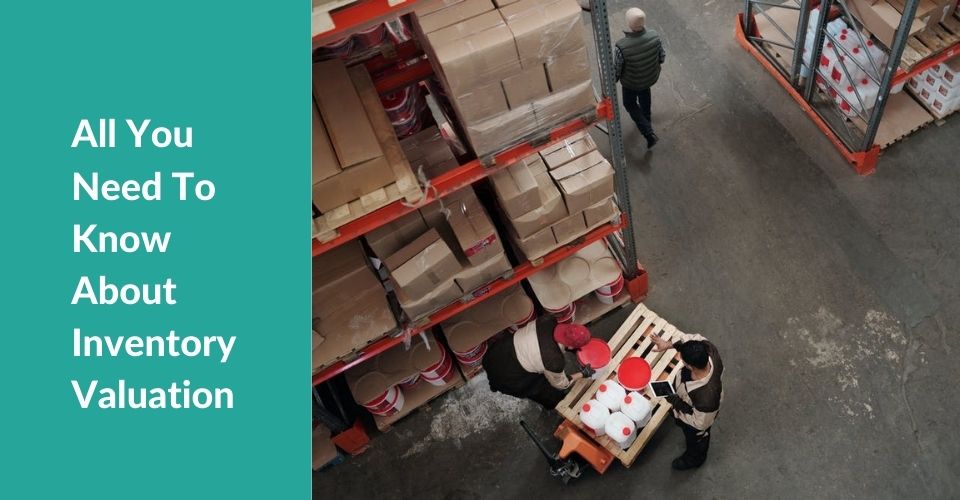For accounting purposes, every business that sells physical products must calculate the value of its inventory. Because inventory makes up a considerable amount of a company’s assets, how it’s valued can have a big impact on earnings, tax liabilities, and asset value. Companies can choose from a variety of inventory valuation methodologies, and it’s important to pick the one that’s right for your company. In this blog, we will explain all you need to know about inventory valuation.
Overview
What is inventory valuation?
The monetary value associated with the products in storage at the end of a certain accounting period is known as inventory valuation. The price is determined by the costs of acquiring the goods and preparing them for sale. A thorough grasp of inventory value can assist in maximizing profits. It also assures that the company’s inventory value is appropriately represented on its financial statements.
Inventory valuation is needed to calculate the gross income and determine the financial status of each company. Overvaluation or undervaluation can offer a false image of a company’s working capital and overall financial situation.

How to effectively evaluate inventory?
There are several methods of inventory valuation. This blog will focus on the most 4 popular ones.
First In, First Out (FIFO)
This is the most common and straightforward approach. It values inventory based on the assumption that the first thing a company sells is made from the first (or oldest) batch of products it purchased. This is, in general, the strategy that most nearly approximates real inventory costs.
Because it is straightforward and easy to grasp, it is one of the most often used methods of inventory valuation by organizations. Unfortunately, when prices rise quickly, the FIFO model fails to provide a realistic picture of the costs.

Last In, First Out (LIFO)
The assumption in this inventory valuation approach is that newer products are sold first, with older inventory remaining in stock. Businesses seldom adopt this strategy since older inventory is rarely sold and loses value over time. The firm suffers a big loss as a result of this.
►►►► Please visit our products: digital banking, situation analysis, Shopify markets, Vietnam Photography Tour, Photography Tour Guide Viet Nam, supply chain operations management, fintech ai, Multi Store POS, Woocommerce POS, Mobile POS, White label POS, POS Reseller, Beauty Supply Store POS, Retail POS and Vape shop POS
The only time LIFO is used is when a company expects inventory costs to rise over time, resulting in price inflation. Businesses can decrease their stated profit levels by transferring high-cost inventory to the cost of goods sold. In this way, businesses can pay less tax.
Weighted average cost (WAC)
WAC considers an average of all inventory costs, as the name implies. This method is often used when inventory items are identical. It can make inventory costing easier by eliminating the need to monitor the cost of individual inventory purchases when computing profit and tax liabilities. Another advantage of WAC is that it eliminates profit swings caused by the buy and sell time.

Specific identification
With this method, you keep track of every single item from purchase to sale. This is suitable for a dealer in high-value, one-of-a-kind products like classic cars. They would use a unique ID for each product. Specific ID gives the most exact record of actual inventory cost and profit, allowing the organization to track the profitability of individual items.

Conclusion
Choosing the correct inventory valuation technique is important since it has a direct influence on the profit margin of the company. Hopefully, this blog has provided some useful information about this process for the success of your business.
If you want to further leverage your inventory management, consider ConnectPOS, one of the leading point of sale (POS) providers for retailers all over the world. Contact us if you have any questions!
